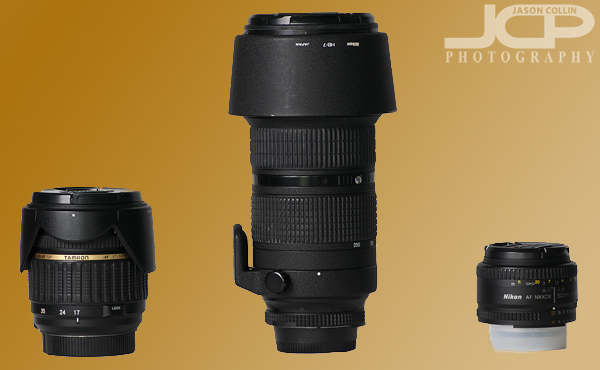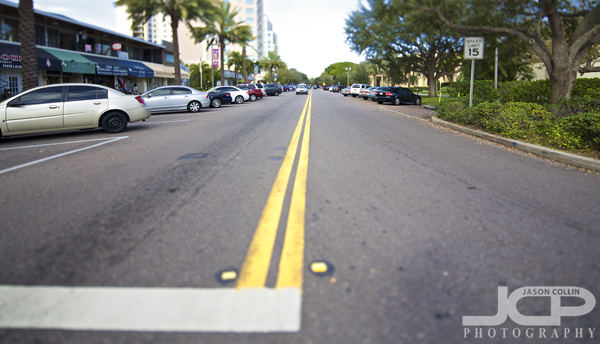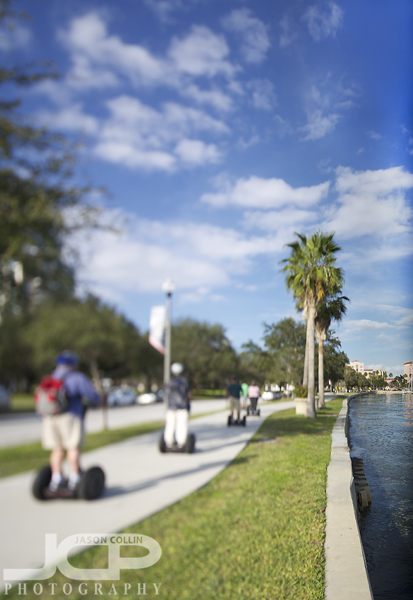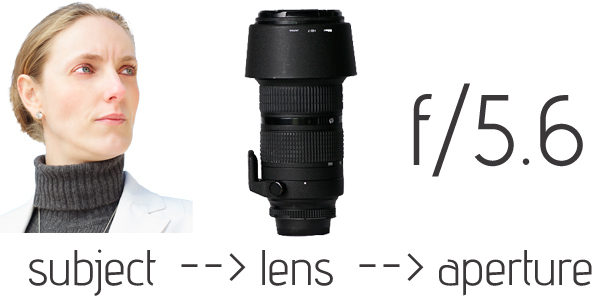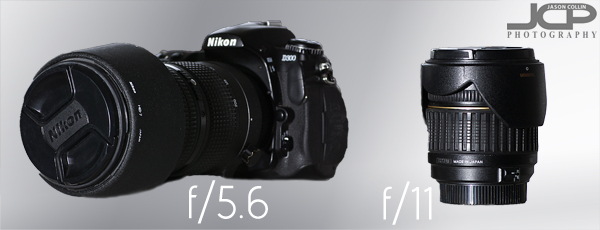
Sometimes finding an amazing subject is very easy and obvious, like when you are around Mt. Fuji for example. However, many interesting subjects go totally unseen if one does not make an effort to look closer. Passing by this tree in South Straub Park I peeked inside a hole on the trunk (as I am apt to do on all trees) to find a small branch (or plant?) growing inside it. This was a nice surprise. By looking closer I found a very unexpected subject to photograph. From the normal photo view of the tree above you can see how easy it would be to just walk right on by without ever seeing it. This was actually the second time I found such a small plant growing inside a hole in a tree, so I knew from past experience to always peek inside trees for potential hidden wonders.
 The final shot I made of this look closer hidden subject going back with a proper macro lens.I actually had to go back a second time to photograph the hidden leaves properly because the first time I only had a wide angle lens with me. I went back with a proper macro lens and made the above shot.
The final shot I made of this look closer hidden subject going back with a proper macro lens.I actually had to go back a second time to photograph the hidden leaves properly because the first time I only had a wide angle lens with me. I went back with a proper macro lens and made the above shot.
On your next photo walk be sure and look closer to find surprising photography subjects. Let me know what you find in the comments below.

